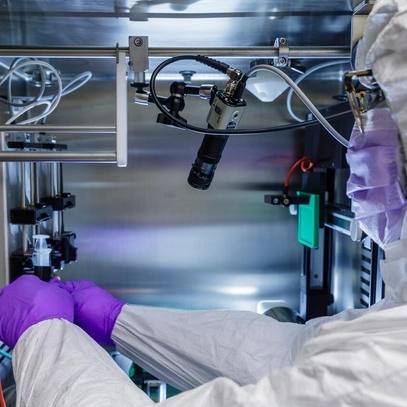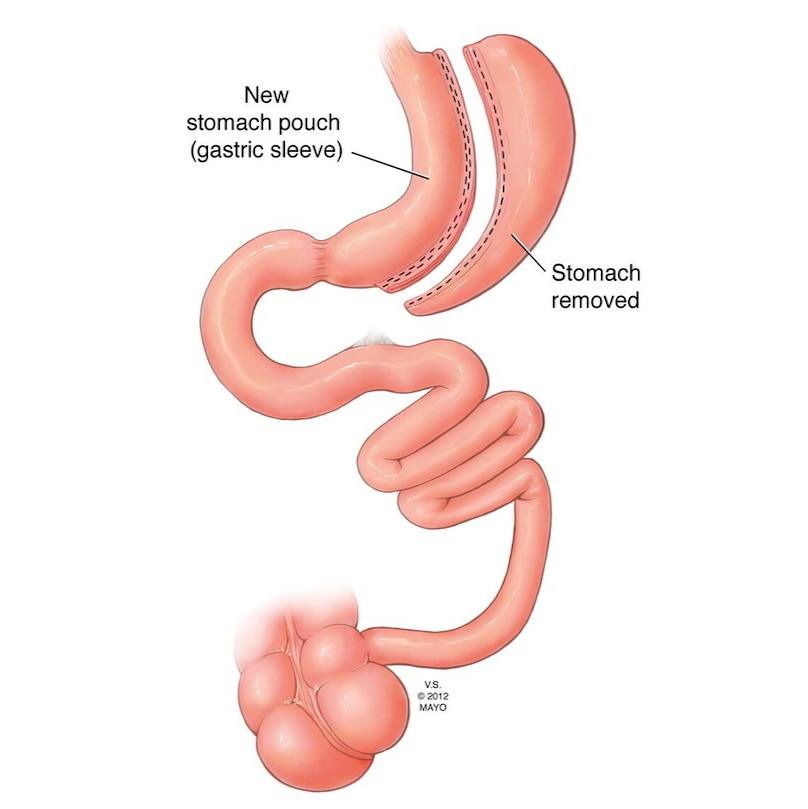-
Research
COVID in our Community Research Study shows infection trends in Rochester, Minnesota area

COVID-19 infection rates among people 65 and older are declining in the Rochester, Minnesota area, which researchers believe is attributed to widespread vaccination among this group.
Researchers at Mayo Clinic and elsewhere have observed this and other COVID-19 infection trends in a nine-county region of southeastern Minnesota, thanks to the COVID in our Community Research Study. The researchers have been administering COVID-19 tests in a variety of environments since last year to see how the virus spreads, including among those without symptoms.
“COVID-19 infection rates have varied dramatically throughout the United States, and understanding local trends is critical to identifying new outbreaks and implementing effective control policies in the future,” says Jennifer St. Sauver, Ph.D., a Mayo Clinic epidemiologist and study leader. “Our data suggest that we are beginning to see the impact of the substantial state and local vaccination efforts in our region.”
In late February, the infection rate for people 65 and older began to diverge from other age groups: While cases increased for people 6 to 64, cases decreased for those 65 and older.
“We hypothesize that the increasing vaccination rates in persons 65 and older are responsible for the decline in cases in this age group,” Dr. St. Sauver says.
Overall, the data show infection rates increased dramatically in mid-October 2020, and again at the end of December 2020. The peak case rate was 49 PCR-positive cases per 10,000 people the week of Nov. 8, 2020, and since then bottomed out at 6 cases per 10,000 people the week of Feb. 21. The data shows an increase in March and April, though nowhere near the peak in 2020.
The data shows people 20 to 64 have had the highest infection rates.
The team is also researching risk factors for death or hospitalization, asymptomatic spread, and factors associated with developing antibodies after infection.
The COVID in our Community Research Study is being conducted by Mayo Clinic, Olmsted County Public Health Services, Olmsted Medical Center, and Zumbro Valley Health Center. The researchers say the project would not have been possible without the Rochester Epidemiology Project. The team used its infrastructure to study the course of the pandemic among people living in Dodge, Fillmore, Freeborn, Goodhue, Mower, Olmsted, Steele, Wabasha, and Waseca counties.
The project also was supported by the Mayo Clinic Robert D. and Patricia E. Kern Center for the Science of Health Care Delivery, and the Mayo Clinic President’s Fund.
About the Rochester Epidemiology Project
The Rochester Epidemiology Project is a collaboration of clinics, hospitals, and other medical and dental care facilities in southern Minnesota and western Wisconsin. Founded by Mayo Clinic and Olmsted Medical Center in 1966 in Olmsted County, Minnesota, the collaboration now stretches across 27 counties and includes Olmsted County Public Health Services as its first public health member. This collaboration and sharing of medical information makes this area of Minnesota and Wisconsin one of the few places where true population-based research can be accomplished. For more information about the Rochester Epidemiology Project, view its historic timeline or www.rochesterproject.org.







